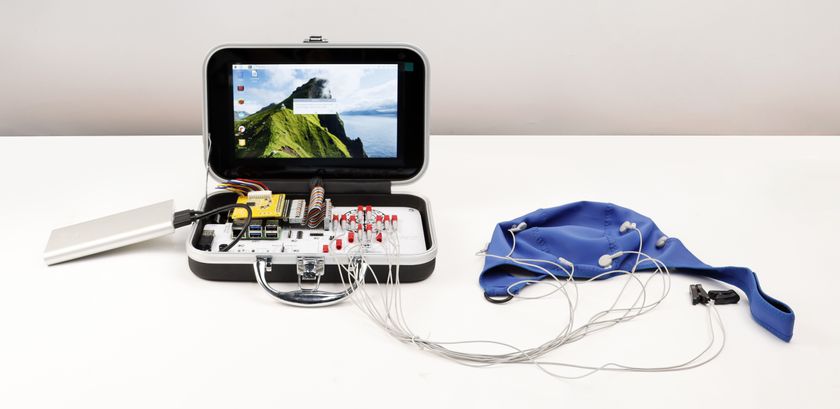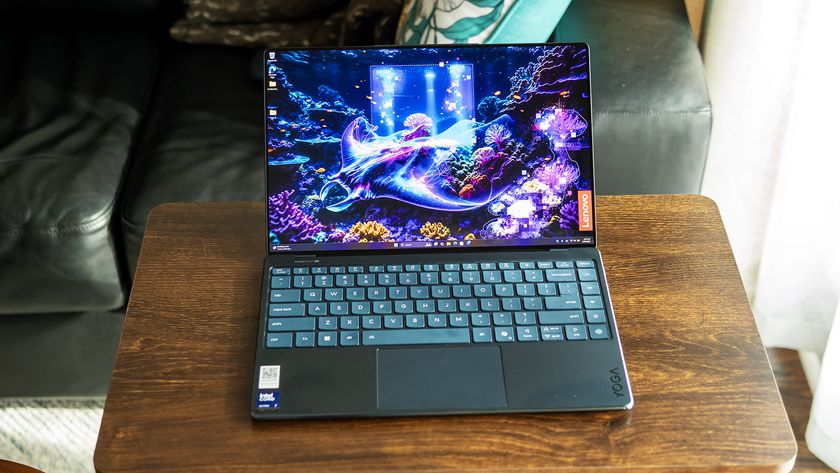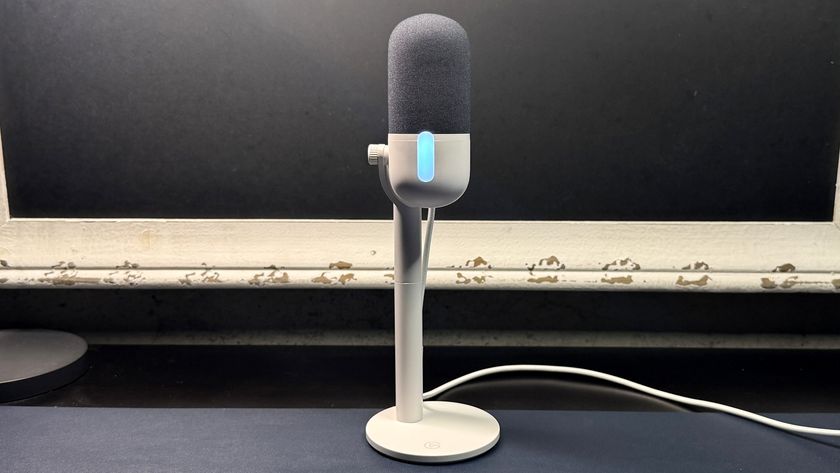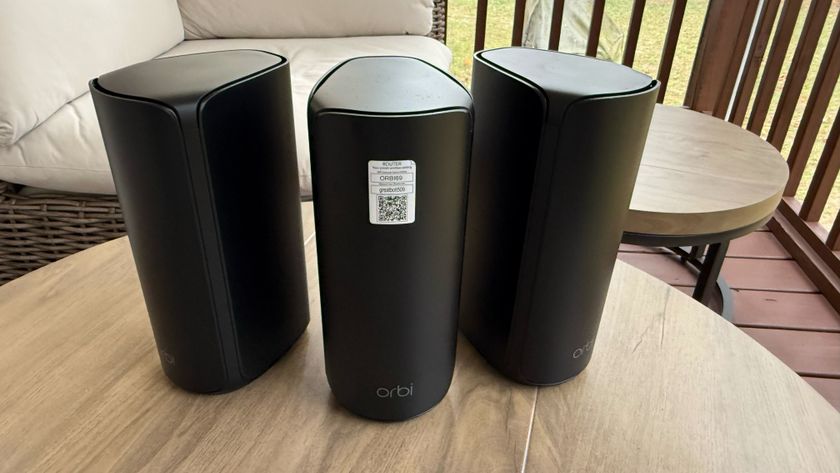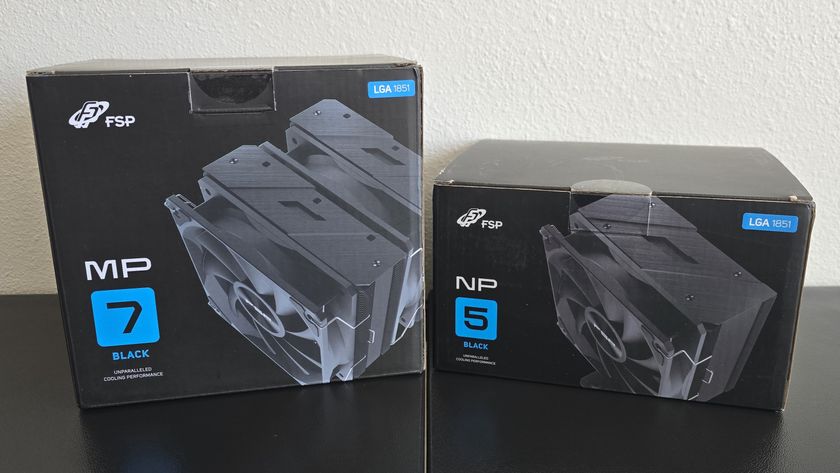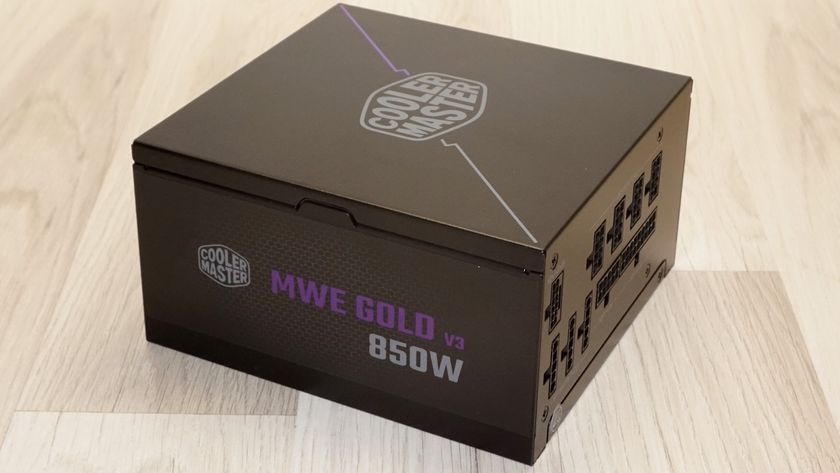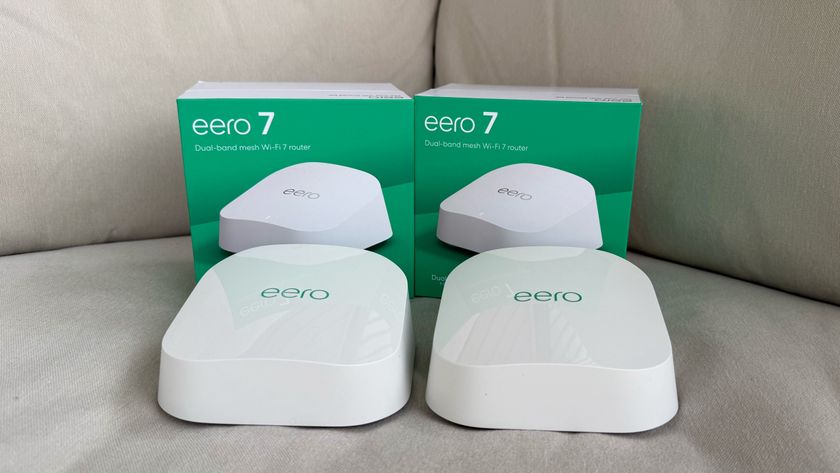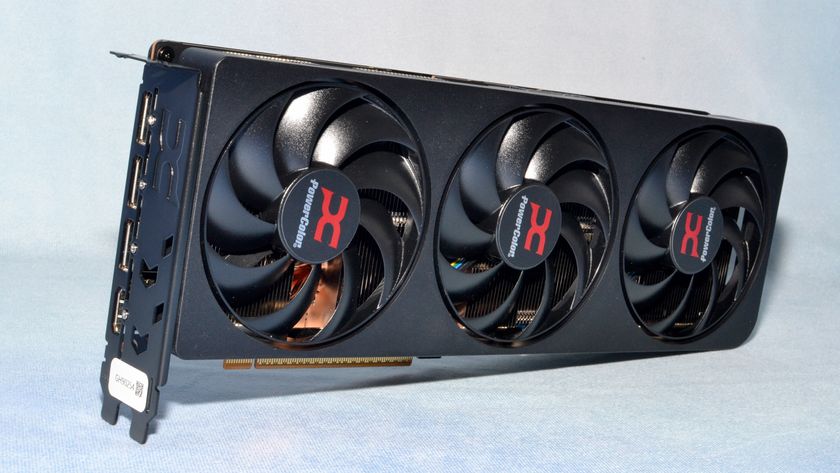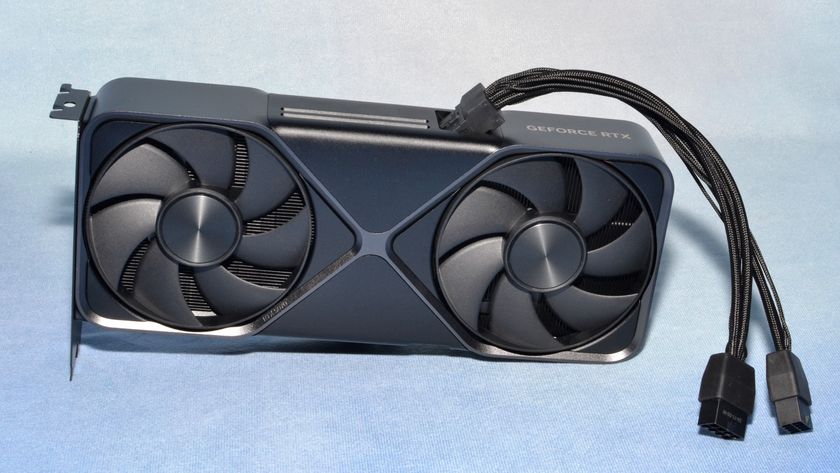Raidmax Monster RX-700AT Power Supply Review
Raidmax is the first company to utilize Andyson's new Titanium platform with its Monster RX-700AT PSU. This is a semi-modular unit with a double ball-bearing fan and Japanese capacitors, promising high performance and exceptional efficiency.
Why you can trust Tom's Hardware
A Look Inside And Component Analysis
Parts Description
Before proceeding with this page, we strongly encourage you to a look at our PSUs 101 article, which provides valuable information about PSUs and their operation, allowing you to better understand the components we're about to discuss. Our main tools for disassembling PSUs are a Thermaltronics soldering and rework station, and a Hakko 808 desoldering gun.
| Primary Side | |
|---|---|
| Transient Filter | 4x Y caps, 4x X caps, 2x CM chokes, 1x MOV |
| Inrush Protection | - |
| Bridge Rectifier(s) | 2x GBU1506L (600V, 15A @ 115 °C) |
| APFC MOSFETs | 2x Infineon IPP50R140CP (550V, 15A @ 100 °C, 0.14 ohm) |
| APFC Boost Diode | 1x CREE C3D10060A (600V, 10A @ 152 °C) |
| Hold-up Cap(s) | 2x Hitachi (420V, 330uF each or 660uF combined, 4000h @ 105 °C, HU) |
| Main Switchers | 2x Infineon IPP50R140CP (550V, 15A @ 100 °C, 0.14 ohm) |
| APFC Controller | Champion CM6502S |
| Switching Controller | Champion CM6901 |
| Topology | Primary side: Half-Bridge & LLC Resonant Converter Secondary side: Synchronous Rectification & DC-DC converters |
| Secondary Side | |
| +12V MOSFETs | 8x Infineon BSC010N04LS (40V, 100A @ 100 °C, 1 mohm) |
| 5V & 3.3V | DC-DC Converters: 2x CSD86350Q5D power blocks PWM Controller: 2x Anpec APW7073 |
| Filtering Capacitors | Electrolytics: Nippon Chemi-Con (105 °C, KY, KZE), Nichicon (105 °C) Polymers: FPCAP |
| Supervisor IC | SITI PS223 (OVP, UVP, OCP, SCP, OTP ) |
| Fan Model | PY-13525L12B (135mm, 12V, 0.18A, 1500 RPM, 84.12 CFM, 50,000h @ 25 °C) |
| 5VSB Circuit | |
| Rectifier | PFR10V45CT (45V, 5 x 2A, 0.4V @ 125 °C) |
| Standby PWM Controller | Sanken STR-A6069H |
| -12V Circuit | |
| Rectifier | Kodenshi AUK SN7912PI (-12V, 2.2A @ 25 °C) |





Andyson, the original manufacturer of this PSU, delivers a fairly conventional Titanium platform. It doesn't use a bridge-less design or even a full-bridge topology to minimize energy losses and increase efficiency. On the primary side, we find a half-bridge topology along with an LLC resonant converter, while on the secondary side, synchronous rectification is used along with DC-DC converters for generating the minor rails. In other words, this looks like a finely tuned Platinum-rated unit rather than a Titanium one. We're satisfied with the build quality since Infineon FETs are used alongside Japanese electrolytic and polymer capacitors.
Compared to Andyson's N700, which shares the same platform, the RX-700AT's most notable difference is the Japanese caps (the N700 uses Teapo polymer caps). We also noticed that the RX-700AT lacks an NTC thermistor to protect against large inrush currents; the N700 has this. More than likely Raidmax wanted an efficiency boost, so it removed the thermistor. The RX-700AT employs Hitachi bulk caps, while the N700 employs Chemi-Con caps. Moreover, the FETs that regulate the +12V rail are different. Raidmax's have a lower Rds (on) value, meaning less energy is lost through them. Finally, the fans are different, though they both employ double ball-bearings. Also, the SBR that regulates the 5VSB rail is weaker from Raidmax.


The first part of the EMI filter includes two X and two Y caps. The second part of this filter consists of two X and two Y caps, two CM chokes and an MOV. As you can see, the EMI filter is complete.


A couple of GBU1506L bridge rectifiers are used. Both are bolted on the APFC heat sink.




The APFC converter uses two Infineon IPP50R140CP FETs along with a CREE C3D10060A boost diode. The pair of bulk caps is provided by Hitachi (105 °C, HU series), and their combined capacity is 660uF. These are high-quality caps; according to their manufacturer, they are functional for up to 4000 hours and guaranteed for 2000. In our experience, most high-end PSUs employ 2000-hour bulk caps.



A small daughterboard hosts the APFC controller, a Champion CM6502S, which provides more than 90 percent efficiency. The resonant controller is a CM6901 IC, and it's installed on the PCB's solder side.



The main switchers are two Infineon IPP50R140CP FETs in a half-bridge topology. These FETs use a Silicon Labs driver (Si8230BD), located on the mainboard's solder side. FET drivers translate TTL (Transistor–Transistor Logic) or CMOS logical signals to higher voltage, allowing the FET's gate to switch faster. Larger FETs need driving ICs, while smaller ones can be handled by the switching controller. In addition, some FETs might need higher gate voltages, so a driver is used along with the switching controller. The Si8230BD operates between 4.5V to 5.5V and provides a driver voltage range from 6.5V to 24V.



The +12V rail is regulated by eight Infineon BSC010N04LS FETs. They're cooled by the chassis, which they contact through a large thermal pad.







A couple of DC-DC converters generate the minor rails. Each one uses an ANPEC APW7073 PWN controller and a CSD86350Q5D power block.







A combination of electrolytic and polymer filtering caps is used on the secondary side. The electrolytics are provided by Chemi-Con (KZE, KY) and Nichicon, and they're all rated for 105 °C. The polymer caps are by FPCAP.



The 5VSB rail is rectified by a single PFR10V45CT SBR, while the standby PWM controller is a Sanken STR-A6069H.


The -12V rail is handled by a Kodenshi AUK SN7912PI regulator installed right behind the Nichicon capacitor shown in the photos above.
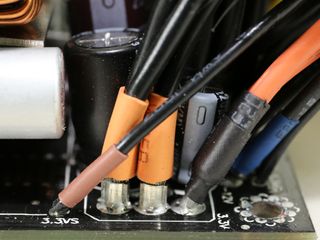
Heat-shrink tubing should go all the way down to the mainboard, covering the metallic edges of these wires.




On the front of the modular board, three Chemi-Con electrolytic caps filter the outputs.







Overall, the soldering quality is good, though some component leads could be shorter. Underneath the +12V islands are three shunt resistors that provide current information to the protection IC. Since the RX-700AT has a single +12V rail, over-current protection is likely set too high.



On the solder side of the PCB we find a SITI PS223, responsible for the PSU's protection features. There is also an AP92U03GM FET on this side, along with a Micrel MIC4427YM low-side FET driver.


The 135mm fan has Raidmax's logo, and according to our sources its model number is PY-13525L12B. Thanks to the double ball-bearings, its expected lifetime is 50,000h @ 25 °C. Although this is a mid-speed fan, its profile is pretty aggressive. Under tough conditions you'll definitely hear it working.
Current page: A Look Inside And Component Analysis
Prev Page Packaging, Contents, Exterior And Cabling Next Page Load Regulation, Hold-Up Time And Inrush CurrentStay On the Cutting Edge: Get the Tom's Hardware Newsletter
Get Tom's Hardware's best news and in-depth reviews, straight to your inbox.

Aris Mpitziopoulos is a contributing editor at Tom's Hardware, covering PSUs.
-
vladm007 You can see the level of faith Raidmax has on the quality by having a 2 years warranty.Reply -
g-unit1111 Reply17870964 said:You can see the level of faith Raidmax has on the quality by having a 2 years warranty.
Yeah that's kind of a deal breaker. :lol: -
turkey3_scratch Another unit cheating on the PWR_OK tests. I'm sick of this crap. Also, those caps on the modular board don't look like Chemi-Con polymers, they look like electrolytics (not that it matters, I'm just questioning if you made a wording error). I also don't like the lack of a thermistor at all. That's some really high inrush current. They could have dished out some cash for one and a relay. I also think the warranty needs increased, but realistically it should last a lot longer than 2 years.Reply -
powernod Reply17871369 said:Another unit cheating on the PWR_OK tests. I'm sick of this crap. Also, those caps on the modular board don't look like Chemi-Con polymers, they look like electrolytics (not that it matters, I'm just questioning if you made a wording error). I also don't like the lack of a thermistor at all. That's some really high inrush current. They could have dished out some cash for one and a relay. I also think the warranty needs increased, but realistically it should last a lot longer than 2 years.
Exactly my thoughts! ;)
Failure at Power_OK signal & huge amount of inrush current = Deal-breaker for me :pfff: -
Aris_Mp if they provide a 5-year warranty and work on the price it has potential. The inrush current is an easy fix with a relay-bypass relay, however the lower than the required hold-up time isn't so easy addressable. A larger bulk cap will need more Amps to charge and more Amps lead to increase power losses, so efficiency will take a hit.Reply -
basroil Very close to be very good, and then it fails at the holdup time... looks like there's still only two real PSU manufacturers (seasonic and superflower)Reply -
Sakkura Why would anyone wonder why Raidmax only has a 2-year warranty? With the junk they've released in the past, it's a miracle they provide any warranty at all.Reply -
g-unit1111 Reply17872208 said:if they provide a 5-year warranty and work on the price it has potential. The inrush current is an easy fix with a relay-bypass relay, however the lower than the required hold-up time isn't so easy addressable. A larger bulk cap will need more Amps to charge and more Amps lead to increase power losses, so efficiency will take a hit.
I think any warranty above 5 years is kind of redundant. In 7 or 10 years you won't have that PSU anyways since you'll be replacing it with something new to keep up with new tech. 5 years I would say is about the length of time a warranty should be. -
turkey3_scratch Reply17872463 said:Very close to be very good, and then it fails at the holdup time... looks like there's still only two real PSU manufacturers (seasonic and superflower)
Superflower cheats on holdup time on various units. Look at the Leadex Gold 550. The 650 G2 also is a problem most likely, and the 750 G2. -
firefoxx04 I've used their cheaper units 3 times. One failed, however, it's environment was a worst case scenario. Very hot Michigan summer with no ac, dusty room, and almost always running the system with 100% cpu and gpu load.Reply

